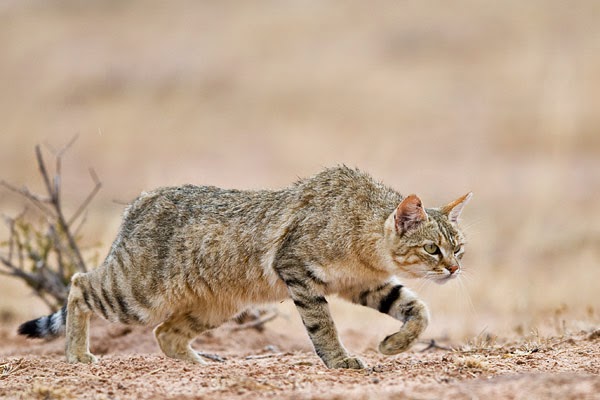Waved Albatross
Waved albatrosses are classified as critically endangered due to their small breeding range and recent population decline. It was recently estimated that the waved albatross population includes about 34,700 mature adults. Conservationists studying waved albatrosses estimate that the population has declined as much as 19 percent in the past 84 years.
The female Albatross lays her eggs on the ground as opposed to making a nest for them. During the incubation period, the parents frequently roll the egg about, covering distances as much as 40 metres. The reason the Albatrosses do this is uncertain, but this activity seems to contribute to a more successful hatching of the chick.
Particularly long-line fishing sems to be making a severe impact in the species, which was uplisted to Vulnerable from Near Threateened by the IUCN in 2000. Despite some 34,700 adult birds still occurring in 2001, their numbers have apparently started to decrease at an unknown rate more recently, probably due to longline fishing which also upsets the gender ratio (males being killed more frequently).
Waved Albatross
Waved Albatross
Waved Albatross

















































